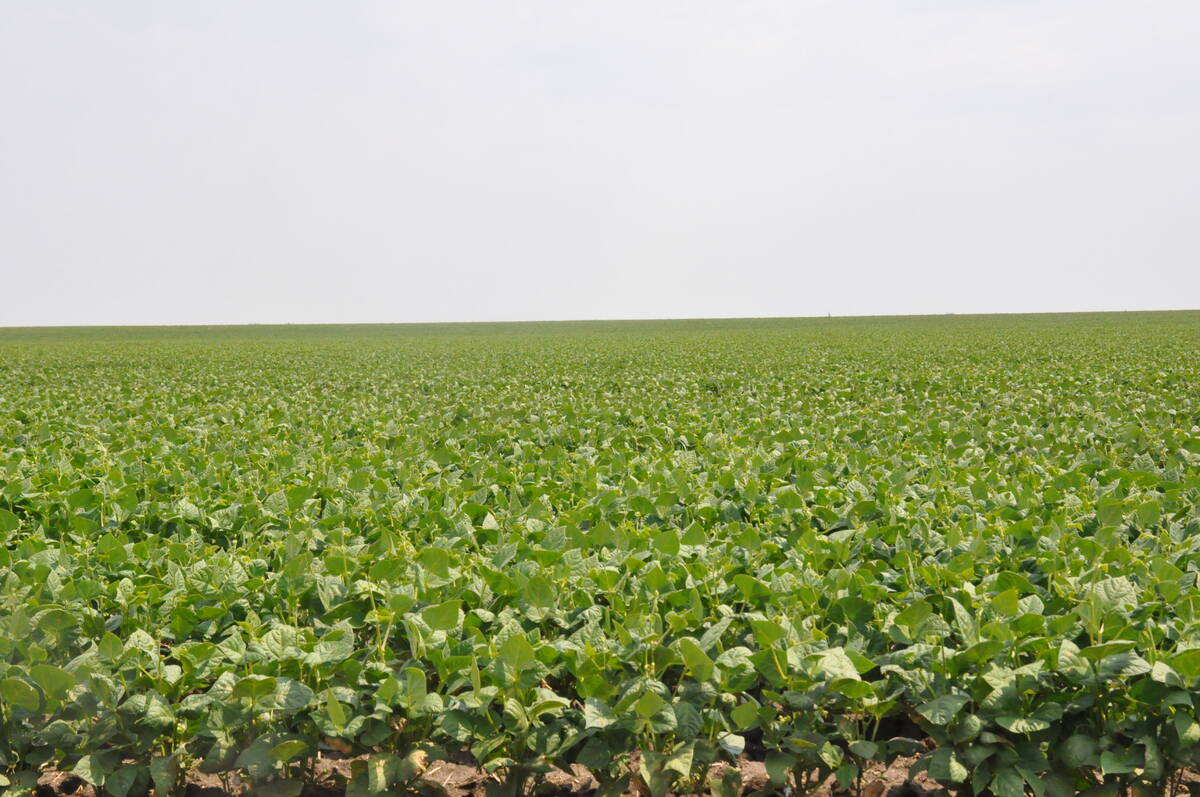Cash prices may soften soon, but average values should remain well above historical values for the foreseeable future
Markets for prairie oats have been on an incredible run since the beginning of the 2021-22 crop year, and there’s nothing to suggest the sky-high oat market is going to return to earth any time soon, according to independent market consultant Brennan Turner.
Turner, who delivered an oat market outlook during SaskOats’ annual general meeting Jan. 12, said cash prices for prairie oats, which have softened slightly since last month, might be expected to soften a bit more in the first half of 2022.
This is normal as domestic markets digest new production and seeded acreage estimates.
Read Also

Coloured bean production down, whites are up
Bean prices have been slumping and the outlook is for more of the same.
However, average cash values should remain well above historical values for the foreseeable future.
“Where does this (market) compare to years past?” Turner asked.
“The answer is it doesn’t compare. It’s a completely different ecosystem, a different galaxy. We haven’t seen these levels before and net-net, I think that’s a positive that will continue.”
According to Turner, oats were the best performing of all Canadian commodities in 2021.
Year-over-year, from Jan.1, 2021, to Jan 1, 2022, the value of oats futures contracts rose by 90 percent last year, jumping to US$6.83 per bushel on Jan. 1, 2022, from $3.61 bu. a year earlier.
By comparison, canola saw a 59 percent year-over-year increase and hard red wheat rose by 33 percent, based on January-to-January month-opening contracts.
Support for record Canadian oat prices is a function of several factors including low global inventories, stable demand from traditional buyers and new markets, said Turner.
Globally, the world’s oat producers harvested an estimated 23 million tonnes of oats in 2021-22, a reduction of nearly 10 percent from the previous year.
In fact, the world’s four largest oat producers (the European Union, Canada, Russia and Australia) all saw a reduction in domestic production last year, as did the United States, Canada’s top export market.
In 2021, Canadian oat production dropped by 43 percent on a year-over-year basis, falling to 2.6 million tonnes in 2021 from nearly 4.6 million tonnes a year earlier.
Canada is easily the world’s biggest exporter of oats, so it’s no surprise that a 43 percent reduction in production has affected global markets and inventories.
Global carry-out stocks as of August 2022 are expected to be 23 percent lower than they were in August 2021, Turner said.
Year-over-year domestic ending stocks are also projected to be lower in the U.S. (-27 percent), the EU (-11 percent) and Canada (-58 percent).
This, combined with the expectation of stable demand from processors, millers and the rapidly growing oat milk industry points to a bullish market throughout 2022.
Turner encouraged growers to watch for market signals.
Depending on 2022 production, it could take years for domestic carry-out stocks to rebound from record low levels, he said.
Canada’s seeded acreage will likely increase a bit in 2022, but prairie yields could be impacted by ongoing drought conditions, he added.
Saskatchewan typically accounts for nearly 50 percent of seeded oat acres in Canada.
According to Agriculture Canada, oat ending stocks are projected to sink to a record low 200,000 tonnes by Aug. 1, the end of the 2021-22 crop year.
Turner suggested that actual inventories could be closer to 100,000 tonnes.
The last time Canada’s ending oat stocks dipped below 400,000 tonnes was 20 years ago, back in the 2001-02 crop year.
“In terms of where we’re going to end from a global standpoint … it’s (going to be) pretty tight,” said Turner.
Global ending stocks are expected to be roughly 20 percent below the five-year average and U.S. stocks will be the smallest in almost a decade.
For Canada “at 100K, even 200K, that’s basically a nil carryout. There is not a lot out there,” Turner said.
“The point here is that there is a lot riding on this coming harvest year and growing season.
“It’s going to be pretty important because there’s a significant tight scenario on the global balance sheet.”
















